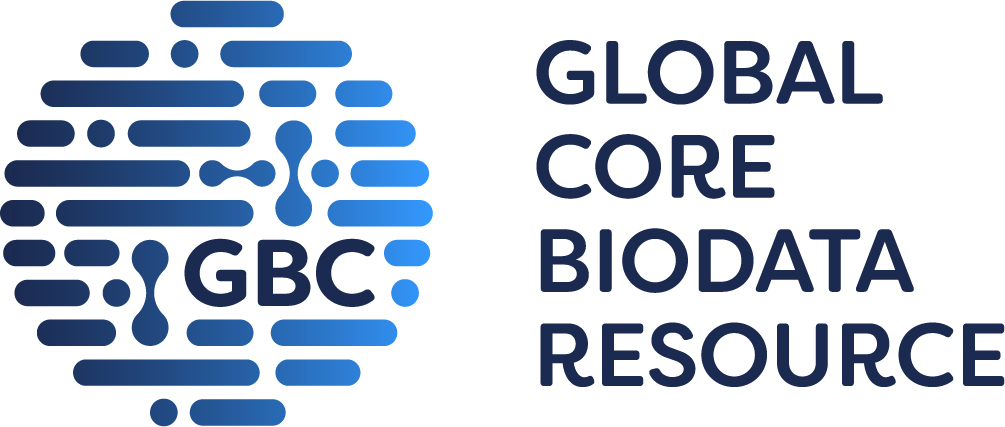
GtoPdb is requesting financial support from commercial users. Please see our sustainability page for more information.
Nitric oxide (NO)-sensitive (soluble) guanylyl cyclase C
Unless otherwise stated all data on this page refer to the human proteins. Gene information is provided for human (Hs), mouse (Mm) and rat (Rn).
Overview
Nitric oxide (NO)-sensitive (soluble) guanylyl cyclase (GTP diphosphate-lyase (cyclising)), E.C. 4.6.1.2, is a heterodimer comprising a β1 subunit and one of two alpha subunits (α1, α2) giving rise to two functionally indistinguishable isoforms, GC-1 (α1β1) and GC-2 (α2β1) [13,19]. A haem group is associated with the β subunit and is the target for the endogenous ligand NO, and, potentially, carbon monoxide [5].
Receptors
1291Complexes
|
GC-1 (Guanylyl cyclase, α1β1)
C
Show summary »
More detailed page |
|
GC-2 (Guanylyl cyclase, α2β1)
C
Show summary »
More detailed page |
Receptors and Subunits
|
Guanylyl cyclase α1 subunit C Show summary » |
||||||||||||
|
Guanylyl cyclase α2 subunit C Show summary » |
||||||||||||
|
Guanylyl cyclase β1 subunit C Show summary » |
||||||||||||
|
Guanylyl cyclase β2 subunit C Show summary »
|
Comments
How to cite this family page
Database page citation (select format):
Concise Guide to PHARMACOLOGY citation:
Alexander SPH, Fabbro D, Kelly E, Mathie AA, Peters JA, Veale EL, Armstrong JF, Faccenda E, Harding SD, Davies JA et al. (2023) The Concise Guide to PHARMACOLOGY 2023/24: Catalytic receptors. Br J Pharmacol. 180 Suppl 2:S241-288.










ODQ also shows activity at other haem-containing proteins [2], while YC-1 may also inhibit cGMP-hydrolysing phosphodiesterases [4,6].